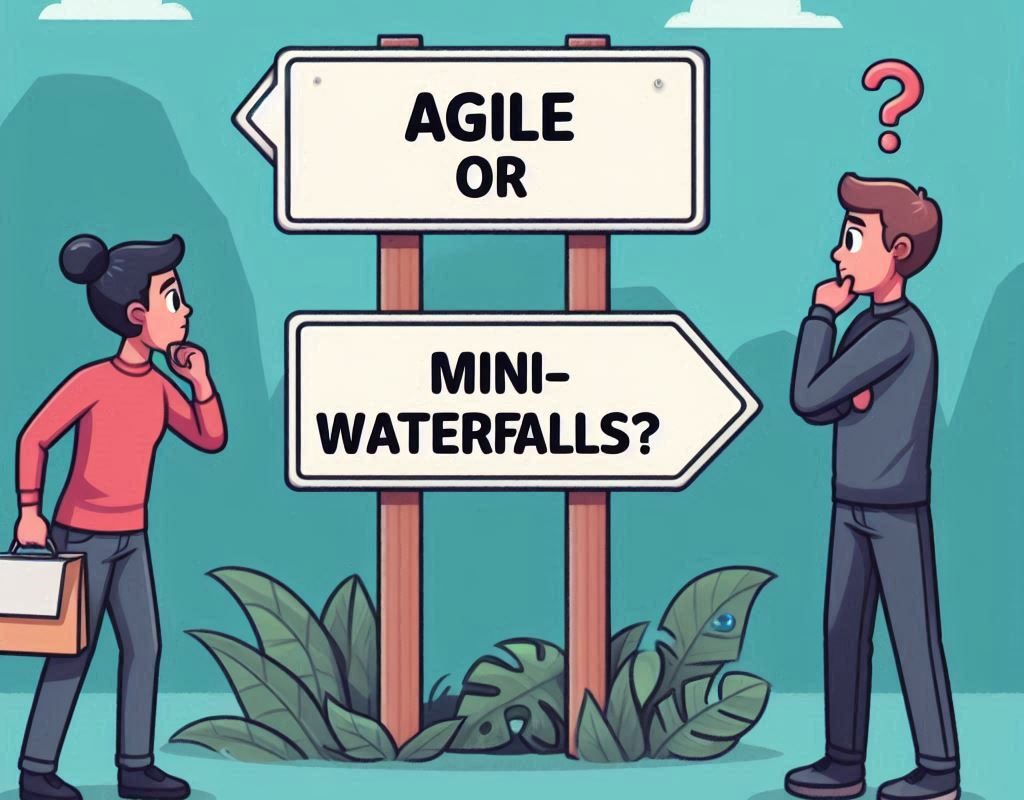Navigating the Digital Transformation Journey
In today’s digital era, businesses face relentless competition and must effectively engage their target audiences to achieve success. A robust digital strategy is crucial for standing out in this fast-paced market and ensuring resilience against challenges. Comprehensive digital transformation is vital for businesses to not only survive but also thrive and set industry standards.
Research by Deloitte shows that digital technologies can enhance profitability by 26%, while McKinsey reports that digital transformation can boost employee efficiency by 40%. The global market for enterprise digital transformation is expected to reach $3.4 trillion, highlighting its growing importance and benefits.
What is Enterprise Digital Transformation?
Enterprise digital transformation involves the adoption of advanced digital technologies, tools, and strategies to fundamentally reshape a business’s operations and growth trajectory. This transformation impacts target market strategies, internal processes, engagement models, and customer experiences. The primary goal is to leverage the right technologies and digital frameworks to enhance enterprise growth by improving engagement and operational efficiency.
Key Components of Enterprise Digital Transformation
- Integrating Advanced Technologies: Implementing modern tools such as cloud computing, artificial intelligence, and IoT to streamline operations and boost efficiency, meeting evolving business demands.
- Optimizing Business Processes: Analyzing and redesigning workflows to eliminate inefficiencies and enhance productivity, ensuring smooth integration of new technologies.
- Harnessing Data Effectively: Systematically collecting, analyzing, and utilizing data to generate actionable insights, driving informed decision-making and innovation.
- Enhancing User Experience: Improving interactions for customers and employees with digital platforms through intuitive design and responsive services.
- Innovative Business Models: Exploring and adopting new approaches to value creation, such as subscription services and platform ecosystems, fostering agility and sustainable growth.
- Cultural and Organizational Change: Promoting a digital mindset and encouraging collaboration and adaptability through cultural and structural adjustments.
- Risk Management and Security: Implementing robust cybersecurity measures and compliance protocols to protect data and assets.
- Ensuring Flexibility and Scalability: Building operations and infrastructure that are flexible and scalable to quickly respond to market changes and new opportunities.
Benefits of Digital Transformation
- Enhanced Operational Efficiency: Streamlining processes, automating tasks, and reducing manual efforts to improve overall efficiency and minimize errors.
- Increased Profitability: Lowering operational costs, identifying new revenue streams, and maximizing returns on investment through digital solutions.
- Improved User Engagement: Offering personalized experiences across multiple channels to meet customer needs and drive retention.
- Greater Transparency and Empowerment: Facilitating transparent communication and real-time data access to empower employees and enhance collaboration.
- Competitive Edge: Gaining a competitive advantage by adopting tailored digital transformation solutions that improve engagement and customer experiences.
- Future-Proof Scalability: Providing the flexibility needed to adapt to changing technologies and market demands, ensuring sustainable growth.
Strategies for Successful Digital Transformation
- Analyze Existing Workflows: Conduct a thorough assessment of current processes to identify inefficiencies and opportunities for digital optimization.
- Define Clear Objectives: Clearly outline the goals of your digital transformation, such as enhancing customer engagement or expanding market reach.
- Establish Key Performance Indicators (KPIs): Identify metrics to measure the impact of digital initiatives and inform data-driven decisions.
- Develop a Phased Approach: Create a structured plan with clear milestones to manage the transformation process effectively and minimize disruptions.
- Continuous Monitoring and Optimization: Implement robust project management practices to track progress and optimize performance continuously.
By implementing these strategies, businesses can successfully navigate their digital transformation journey, ensuring efficiency, growth, and a competitive edge in the marketplace.










